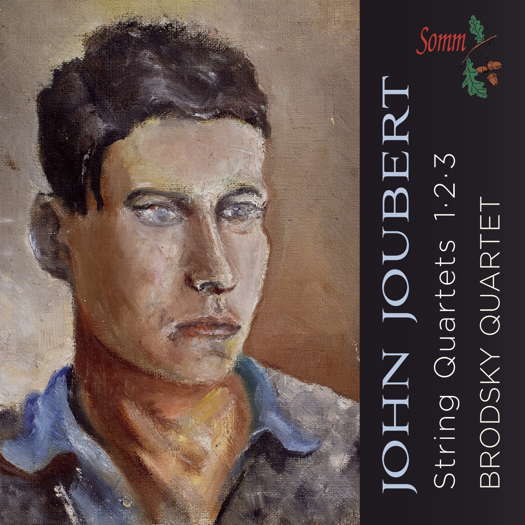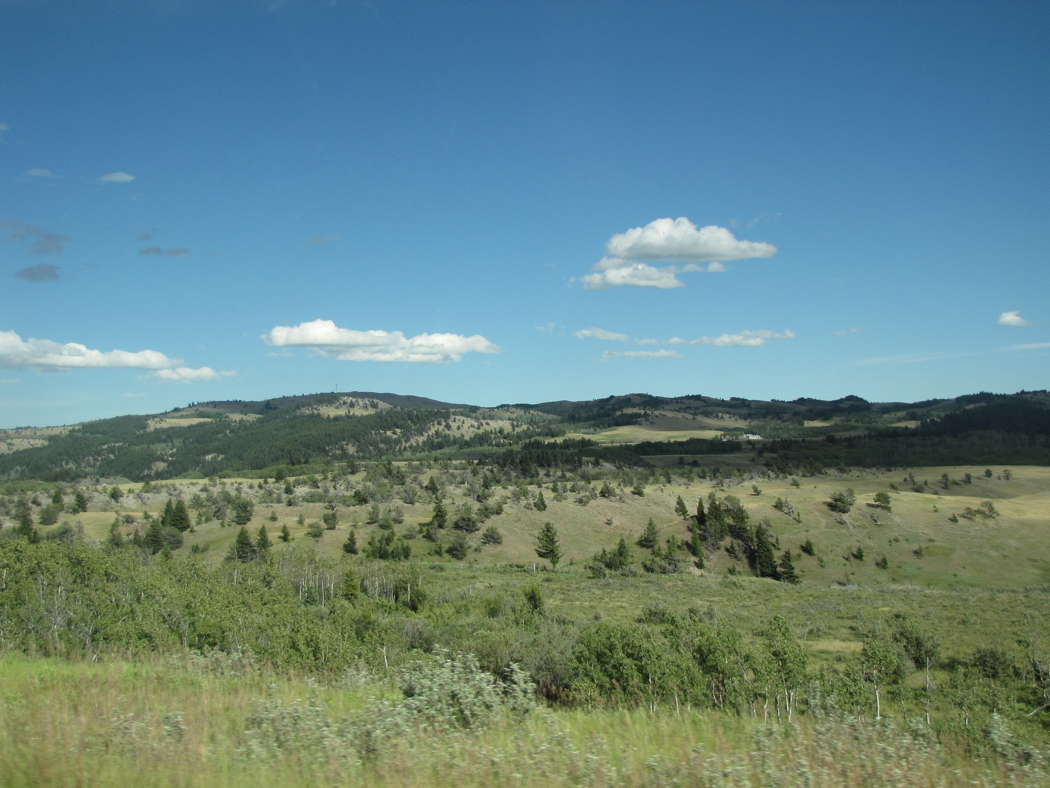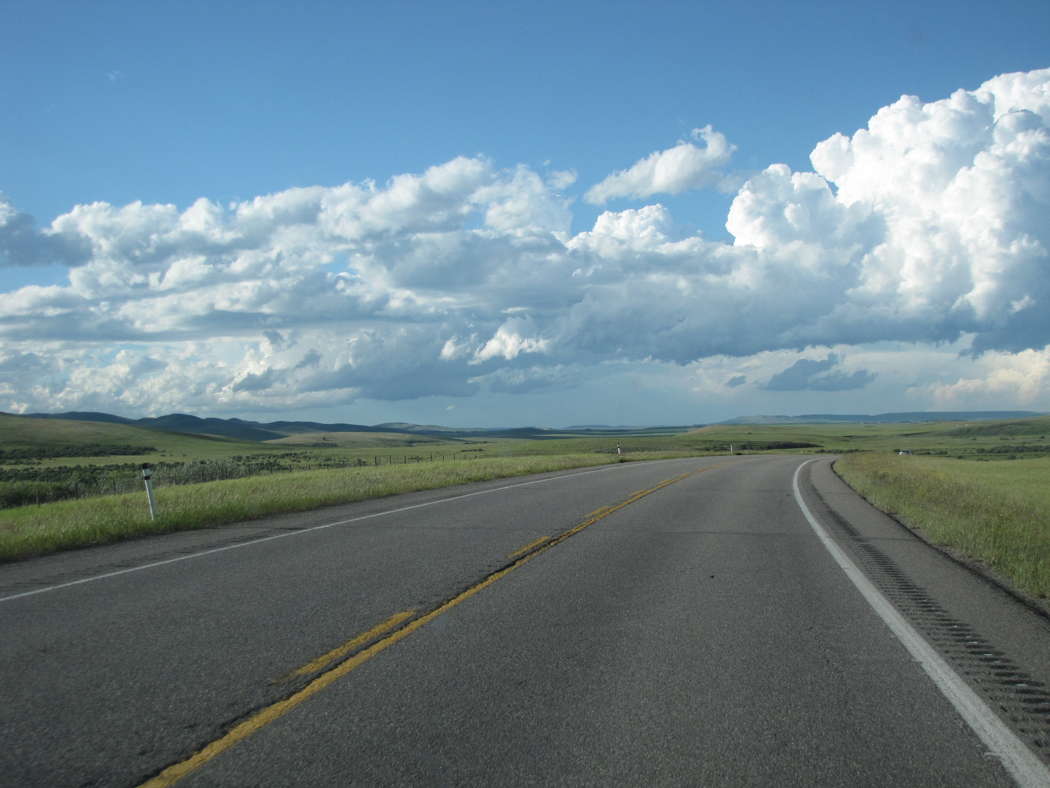- Howard Hanson
- City of Birmingham Symphony Orchestra
- Sri Lanka
- Bologna
- Finland
- Worcester County
- Melody Louledjian
- Tchaikovsky: Dance of the Sugar-Plum Fairy
 SPONSORED: CD Spotlight. A Fascinating Recording - John Joubert's string quartets, heard by Alice McVeigh.
SPONSORED: CD Spotlight. A Fascinating Recording - John Joubert's string quartets, heard by Alice McVeigh.
All sponsored features >>
 VIDEO PODCAST: Slava Ukraini! - recorded on the day Europe woke up to the news that Vladimir Putin's Russian forces had invaded Ukraine. Also features Caitríona O'Leary and Eric Fraad discussing their new film Island of Saints, and pays tribute to Joseph Horovitz, Malcolm Troup and Maria Nockin.
VIDEO PODCAST: Slava Ukraini! - recorded on the day Europe woke up to the news that Vladimir Putin's Russian forces had invaded Ukraine. Also features Caitríona O'Leary and Eric Fraad discussing their new film Island of Saints, and pays tribute to Joseph Horovitz, Malcolm Troup and Maria Nockin.
ALLAN RAE: 5 CONCERTI

RICHARD MESZTO introduces five works, referencing, in particular, the vast landscapes of Canada
The landscape of Canada is vast and humans seem small and insignificant within it. Harsh and forbidding, there seems hardly any possible recognition of mere human experience. A single footprint in the boreal forest is impossibly tiny.

Foothills near Crowsnest Pass in the Canadian Rockies
The human and artistic reactions to this space are varied. I seem to recall a composer new to Canada who noted that the landscape was mirrored in the compositions of its creative types. There would be long stretches of forest and then a sudden human habitation, only to have the forests close in again. The music seemed like that to this immigrant composer - was it István Anhalt?; long stretches of murmuring and a sudden burst of activity only to return to the murmuring.
I also recall a Swiss composer who, upon seeing the vast stretches of Western prairie, said: 'They should pave it over and do something with it.' Coming from a precisely articulated and carefully manicured nation, Canada probably seemed uselessly wild.
The landscape is large and forbidding to be sure. But, it seems a truth of some sort that the sounds of the forest and prairie are suffused through Canadian music (of all sorts) and we might do well to listen to those sounds.
Remember though: The tiny human frame can vanish into this endless landscape. And that is relevant to the form under consideration here.
The concerto format is sometimes considered a struggle between soloist and orchestra, mimicking the struggle of the individual against the mass - society, economics, 'The Man', etc, etc. Glenn Gould didn't care for this competitive element in the concerto and often provided interpretations that undercut this struggle - especially in his Brahms concerto performance with Leonard Bernstein.
Now consider these two ideas: the small individual in a vast landscape and the competitive form of the concerto. How can they be reconciled?
Canadian composer Allan Rae offers five concerti from his giant creative output :
D Flat Harp Concerto (1976)
Concerto for Bass (1977)
Concerto for Violin (1979)
D minor Piano Concerto (1979)
Trumpet Concerto: Tú hablas muy bien (1996)
It might be suggested that these concerti pit the individual (soloist) against the landscape and we may wonder what the upshot of the contest is.
D Flat Harp Concerto (1976)
for solo harp and string orchestra (circa 23 Minutes)
Commissioned by CBC for Carrol McLaughlin and Alberta Chamber Players.
Allan Rae has a special affinity with the harp and has written much music for it. He had the good fortune to have a dedicated interpreter of his works in the late Carrol McLaughlin - she frequently performed Rae's compositions.
This concerto is a traversal of a quiet landscape by a solitary traveller. The landscape is subdued and the harp can be willfully exuberant, but never rabid. The manner in which Rae solves the contrast is to create a sense of the solitude and quiet of the landscape and place the human reaction within that enfolding soundscape.
Concerto for Bass (1977)
After 4 paintings by Salvador Dalí
for Solo Double Bass and Strings (circa 20 minutes)
Commissioned by CBC for the Alberta Chamber Players
There are too few concerti for double bass (and this one is a happy addition to the repertoire). Again, there is little competition here, but a strange and eloquent commentary on the background of the sounds. Yet, because of the string orchestra the double bass is still part of the landscape, not an intruder. The four movements of the concerto are inspired by paintings by Salvador Dalí.
Concerto for Violin (1979)
for Solo Violin and Strings (circa 30 minutes)
Commissioned by CBC Radio. First performance: Alberta Chamber Players with Cenek Vbra, soloist
This work was given its premiere by Cenek Vrba, the longtime Canadian orchestra concertmaster who hailed from Central Europe. His performance draws clear attention to the violin as a nomad in unknown and uncaring lands. In many ways the violin solo part seems in search of something - perhaps a grand melody - and never quite finds its home. Indeed, the nomadic life precludes the possibility, for once nomads settle down, they are nomads no more. It is the search, the suggestion, the hope of a homeland that is the key here. And this is the element of Rae's solution to the contrast between landscape and individual; the individual seeks the homeland, but never quite finds it in this world.
D minor Piano Concerto (1979)
Solo Piano and Strings with Percussion (circa 30 minutes)
Commissioned by Aquitaine Co of Canada Ltd.
Among piano concerti the struggle between soloist and orchestra can reach epic proportions. Here, in its original version, this is not the case. But something unusual happened in the premiere.
The original concerto is a very meditative work which leads the soloist through various guises, various reminiscences, various suggestive textures which rarely froth upward into vehemence. This in itself is unusual for the piano is an ardent instrument.
The pianist Gloria Saarinen - herself a superior virtuoso pianist - who gave the premiere, seems to have preferred a competitive approach and added material of a virtuosic and even Rachmaninoffian manner with some cadenza additions and interpolations to the score not part of Rae's plan - even taking into account Rae's frequent allowance for improvisational freedom. The result is an amalgam of meditative music with Romantic pianist exuberance.
Rae permitted the changes (including some cuts), and in fact he conducted the premiere, but what is called for is a recording of the work as Rae originally conceived it.
Trumpet Concerto: Tú hablas muy bien (1996)
For Trumpet and Orchestra (circa 15 minutes)
[Also exists in a version for solo trumpet and two pianos]
The concerto for C trumpet is actually a quite different manner of composition written under different influences and having quite different characteristics. Composed after a journey to Mexico, it contains elements of Rae's experience on two counts.
First, Rae and his wife sailed together - captain and first mate! - down the coast from Canada to Mexico. It took many weeks for the journey and much happened along the way. (Rae tells supurb stories about his many years of sailing experience.)
The arrival in Mexico put them in a different culture, soundscape and landscape. The Trumpet Concerto - which has ever the slightest hint of Mexican stylizations - is the fruit of these experiences. Again, it is not a virtuoso romp and was written for C trumpet which has a mellower and less strident sound. Though there are wild moments, the music is expressive without being harsh. Without doubt a lovely addition to the repertoire.
Now, let us draw together the ideas hinted at so far:
- the landscape is huge and the human small
- the concerto format tends towards competition between soloist and orchestra
- improvisation is allowed and encouraged
From these aspects we can find our way through these four concerti. First, Rae places the soloist (individual) in a sonic landscape that is forbidding and somewhat uncaring. The soloist can not and does not compete with this landscape, but is a contemplator and commentator upon it (going against the nature of the concerto). The landscape becomes a source for reflection and deepening understanding - deepening complexity of musical ideation.
The individual is allowed freedom (in the form of improvisation) and even the landscape replies as it too often has improvisational elements. In fact, this allows for the observation of a fundamental feature of life: not all is predictable. And that too is part of the lonely wanderer's journey across vast landscapes.

Highway looking out over Alberta Prairie near Crowsnest
Welcome to the concerti of Allan Rae.
Copyright © 15 December 2023
Richard Meszto,
Amber Valley, Canada


